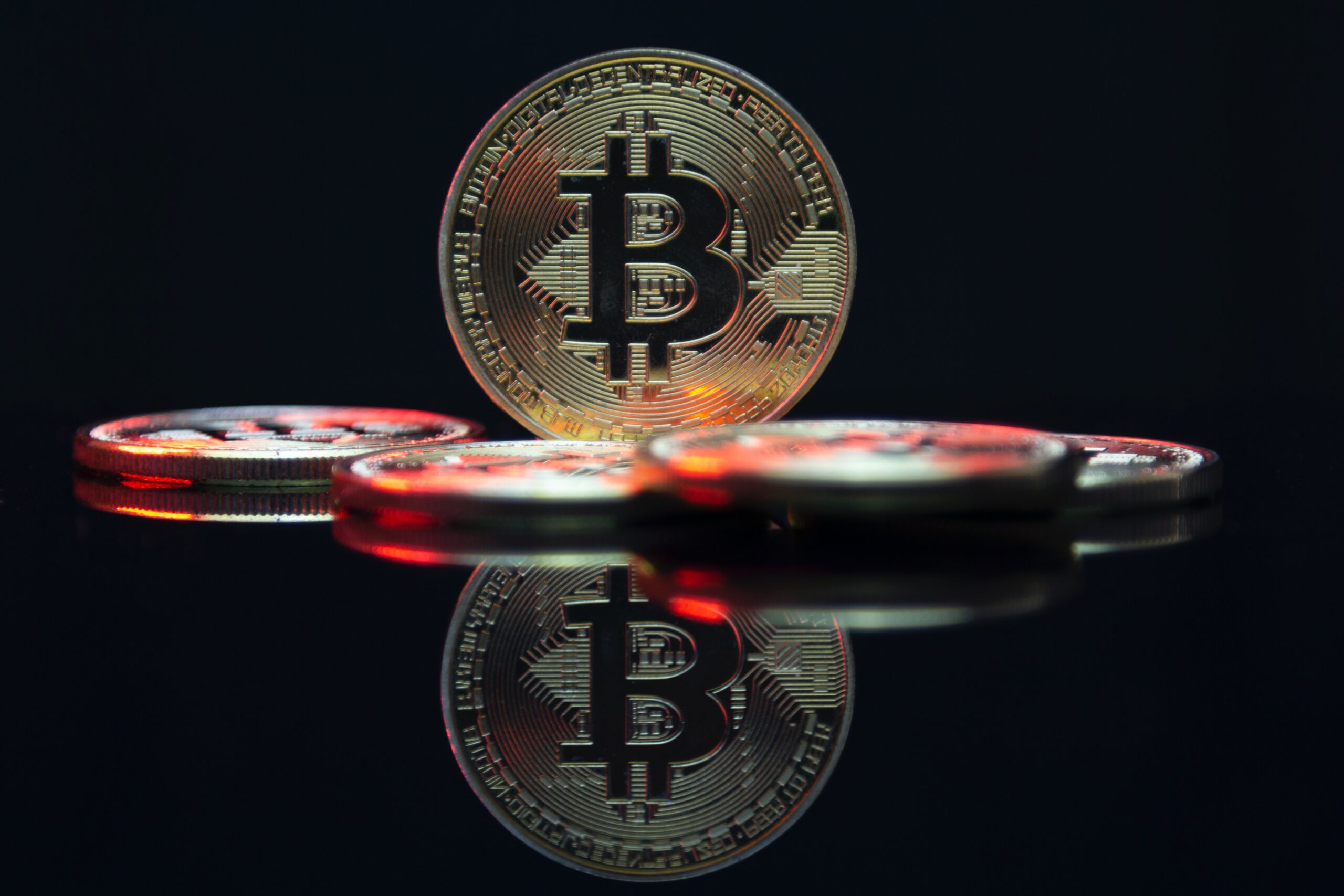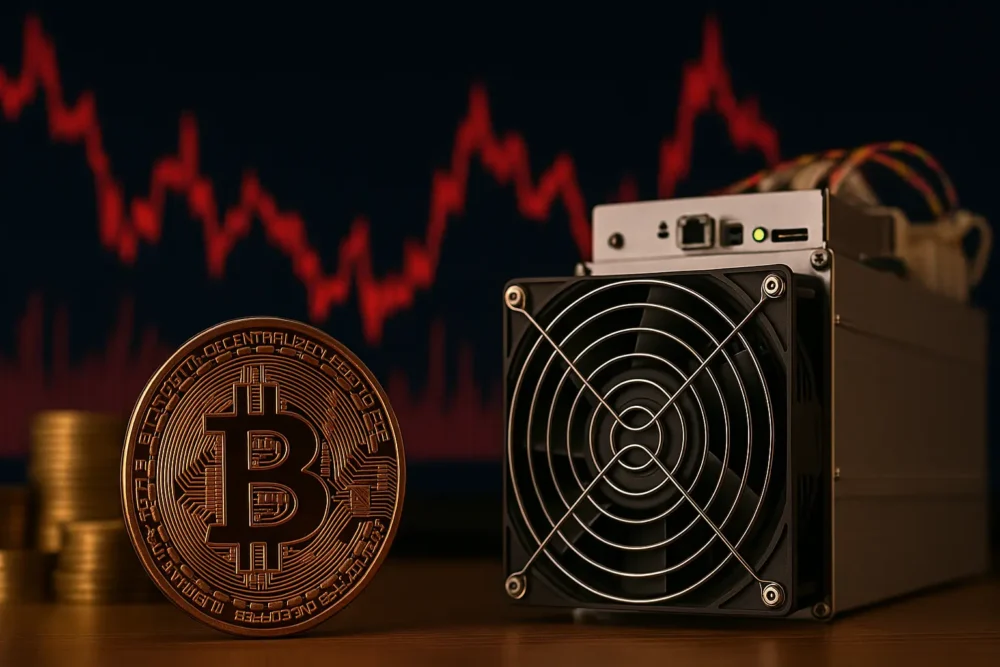The cryptocurrency market is always abuzz with activity and intrigue, and the latest news surrounding Bitcoin (BTC) has caught the attention of many. Approximately 9,800 Bitcoin connected to the Silk Road, a notorious darknet marketplace, are on the move. These transactions, though unverified, represent a significant financial event associated with the defunct platform. In this article, we will explore the details of these transactions, the origins of the Bitcoin, and the implications for the cryptocurrency market.
Contents
- 1. Introduction
- 2. The Unverified Transactions
- 3. The ‘Replace by Fee’ Feature
- 4. Tracing the Silk Road Bitcoin
- 5. Conspicuous Movement of Funds
- 6. U.S. Government and Silk Road Connection
- 7. The Impact on Bitcoin Price
- 8. Insights from Bitcoin’s Block Explorer
- 9. U.S. Government’s Previous Bitcoin Transactions
- 10. Conclusion
1. Introduction
Bitcoin, the world’s leading cryptocurrency, has gained popularity and notoriety over the years. The Silk Road, a darknet marketplace that operated from 2011 to 2013, played a significant role in the early adoption and usage of Bitcoin. It was a platform where illicit goods and services were exchanged using the cryptocurrency. Recently, a series of unverified transactions involving a substantial amount of Bitcoin associated with the Silk Road has attracted attention.
2. The Unverified Transactions
Two unverified transactions have come to light, indicating the movement of approximately 9,800 Bitcoin connected to the Silk Road. One transaction involves a modest sum of 0.01 BTC being transferred to the virtual wallet 361yog. Simultaneously, a more substantial amount of 506 BTC is being transferred to an alternate address. The source of these digital assets can be traced back to two wallets, with the majority originating from a specific vault.
3. The ‘Replace by Fee’ Feature
Both of these transactions utilized the ‘replace by fee’ feature, a utility typically used to replace a previous transaction with a more expensive one. This feature acts as an accelerator for Bitcoin transfers during periods of heavy traffic. Its usage in these transactions suggests a desire to expedite the movement of the funds connected to the Silk Road.
4. Tracing the Silk Road Bitcoin
In 2022, the U.S. government seized over 50,000 Bitcoin from an individual named James Zhong, who admitted his involvement in electronic fraud related to the theft of a similar amount of Bitcoin from the Silk Road in 2012. The court documents pertaining to Zhong and Silk Road’s founder, Ross Ulbricht, provided crucial information about the associated Bitcoin addresses. This information enabled blockchain analytic entities to investigate these digital wallets further.
5. Conspicuous Movement of Funds
In June, there were some notable fund movements linked to the Silk Road wallets, leading to speculation about the involvement of the U.S. government. One particular wallet, closely associated with those mentioned in legal narratives of the case, raised suspicion due to its proximity and the resemblance of the fund transfer method to the ‘replace by fee’ feature.
6. U.S. Government and Silk Road Connection
Two separate wallets, believed to be under U.S. government ownership and connected to the Silk Road’s confiscated crypto, recently transferred over $300 million worth of Bitcoin. This transfer occurred in the early hours of a Wednesday, as confirmed by on-chain data. Following this significant transfer, the Bitcoin price experienced a slight dip of 0.8% to $30,480, but it quickly recovered to $30,660 by the end of the day.
7. The Impact on Bitcoin Price
The movement of such a substantial amount of Bitcoin linked to the Silk Road raises questions about its potential impact on the cryptocurrency market. While the initial dip in Bitcoin’s price was marginal, the subsequent recovery indicates that market participants view this event as a temporary anomaly rather than a long-term trend. It highlights the resilience and maturity of the cryptocurrency market.
8. Insights from Bitcoin’s Block Explorer
Analysis of Bitcoin’s block explorer data reveals that the government-administered wallets were responsible for the movement of a total of 9,825 Bitcoin, equivalent to $301 million. These wallets were previously involved in a massive Bitcoin transaction of over $1 billion, which triggered a downward trend across major digital currencies.
9. U.S. Government’s Previous Bitcoin Transactions
In a prior transaction, the U.S. government sold 9,861 Bitcoin for a substantial sum of $216 million. This sale followed the government’s seizure of 50,000 Bitcoin associated with the Silk Road marketplace in November.
10. Conclusion
The recent movement of approximately 9,800 Bitcoin connected to the Silk Road has stirred curiosity and speculation within the cryptocurrency community. While the details of these transactions remain unverified, their sheer magnitude and association with the Silk Road make them significant events. The impact on Bitcoin’s price was temporary, suggesting that the market has absorbed the news and maintained its stability. As the cryptocurrency market continues to evolve, such events serve as reminders of the past and provide insights into the future.


